College is a place where children grow into adulthood and are meant to flourish under newfound freedom. It’s a place for kids to be young and dumb, and to learn from those mistakes. Contrary to the initial assumption that underage drinking would be the most common campus crime, that is not the case. Sexual assault is ranked number one and has been since 2018.
The most common campus crimes are “forcible sexual assaults,” which are defined as any sexual act directed toward a person, against that person’s will. These sexual offenses are predominantly targeted toward intoxicated women—an abundance of which are found on college campuses nationwide.
When sexual assaults occur while the victim is intoxicated, it is easy for them to lose track of what is going on around them. Those under the influence become disorientated, dizzy and confused, allowing the lines of consent to blur as people make decisions they normally wouldn’t. This makes it easy for men to justify taking a vulnerable woman to bed.
“Just because you made an irresponsible decision doesn’t make it okay for someone to take advantage of you,” Kennedy junior Kate Dyar said. “It’s wrong either way on the aggressor’s behalf.”
Despite college girls’ shared problems of rampant unwanted sexual advances, a division between attitudes makes victim blaming all too common regarding sexual assault on college campuses.
“It’s not like you don’t know what could happen,” Kennedy junior Elaina Chesmore said. “If you know there’s a greater risk, why would you drink? You have to know your surroundings better and don’t put yourself in a vulnerable situation.”
There are an abundance of ways to shift the blame onto women. Women know the reality of today, shouldn’t they take that into consideration before going out? She chose to wear that skirt, so whatever happens is on her. Why would she smile at him if she didn’t want it? She was asking for it.
But even taking precautions and avoiding strange men is not guaranteed to save you. According to the National Intimate Partner and Sexual Violence Survey, most offenders of sexual violence against females were acquaintances or in intimate relationships with the victims.
The National Victims of Sexual Assault Organization found women ages 18 to 24, namely college students, are three times more likely to experience sexual violence. Not only are we at risk from the men we know but our age and identity as college students pushes that risk even higher.
Is picking your college attached to a macabre game of Russian roulette? A game where ending up on the wrong campus at the wrong time could result in a sexual assault bullet?
The majority of first-year college students enroll in universities from their home state. For students of Kennedy High School, the University of Iowa, only 30 minutes away from Cedar Rapids, is the top choice—with significantly more sexual offenses than the other two large Iowa universities, Iowa State University and the University of Northern Iowa.
According to the Iowa State 2023 Clergy Report, Iowa State logged 11 rape and fondling cases while the University of Iowa logged 96. Iowa State reported three cases of aggravated assault; UI had 29. This is not a problem of skewed statistics, the class sizes at each school are relatively the same. In 2021, the University of Iowa “Speak Out” Survey found that approximately 17% of female students on campus had experienced rape or attempted rape.
Who would have predicted future generations would need to compare sexual assault cases of universities before decision day?
Some Iowa universities are taking the initiative on this issue. Drake University, located in Des Moines, requires freshmen students to attend a class on sexual harassment. Students were given hotline numbers to put in their cell phones by their dorm’s resident assistant. During the orientation, the college performed a show titled “C is for Consent” that detailed a series of scenarios regarding sexual assault. The presentation was interactive and called for students to identify where scenarios went wrong.
While Drake University is taking a positive initiative on the situation, it’s only as effective as the students make it. You can make students sit in a classroom, but you can’t make them pay attention. Too often, we make light of heavy topics. Serious issues demand serious decorum.
The peer culture regarding sexual violence needs to change—the unseriousness needs to be deemed unacceptable. It’s simply not enough to laugh along with or ignore a sexist or degrading comment. If you see something, say something. When being a bystander is equated to being a perpetrator, the peer culture will change. The people will change.
Many colleges are participating in the Mentors in Violence Prevention (MVP) Program that was introduced to high schools in 2016 where college students create curricula surrounding sexual violence for high school students to present to their peers.
MVP is currently a program at Kennedy that targets middle and high school boys to educate them on sexual assault, the forms it takes and how it affects those around them. This approach is vital. Not only to teach boys that violence is wrong but to emphasize the importance of male allies among female victims.
MVP mentors, high school students grades 10 to 12, travel once a month to homeroom classrooms with an organized lesson on sexual violence. The classes are engaging with students and often require classroom discussion among students.
“Boys need to learn to shut down their friends when something sexist is said,” junior Nicholas Knipfer, MVP mentor, said. “Almost always, women will care deeply about this issue. Boys don’t think it’s their problem if they aren’t the abusers.”
Women lack a male support system and men lack leadership skills when it comes to violence prevention.
“It’s hard to get boys to participate in the lessons,” MVP mentor and junior Divya Ramadugu said. “Some will snicker and talk during MVP lessons and others just put their head down.”
When we talk about instances of assault and rape happening to women, we refer to it as women’s issues. Even when they are predominantly men’s issues.
I didn’t realize it was my responsibility to dress for the possibility that a man sees what he likes. I didn’t realize it was my responsibility to look at the men and boys I’ve known all my life with suspicion. I didn’t realize it was my responsibility to pack a rape whistle.
90% of violent physical assaults are perpetrated by men. Males commit 95% of all serious domestic abuse. The question stands; how do we stop statistics like this from climbing?
Education programs in schools are a positive step forward. However, until students care, we are at a standstill. Men often have a voice where women don’t. Whether it’s grown men giving speeches on feminism or a boy with his friends shutting down a degrading comment—both hold power.
Until men care, we are left in fear. High school girls have their futures laid out before them, and instead of being excited to go to college and find themselves, they are more concerned with how likely they are to be raped at their college of choice. We should not have to ask ourselves if, when accepting admission to a university, we are accepting the risk of rape.

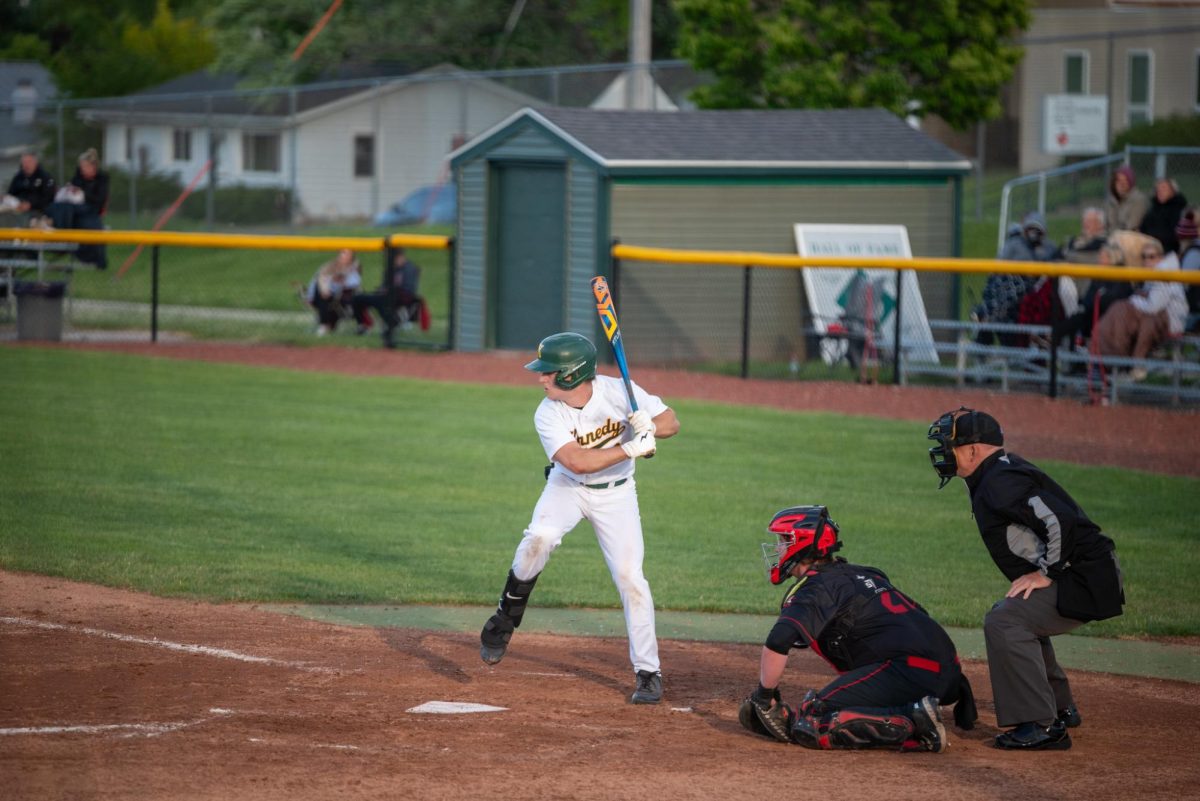
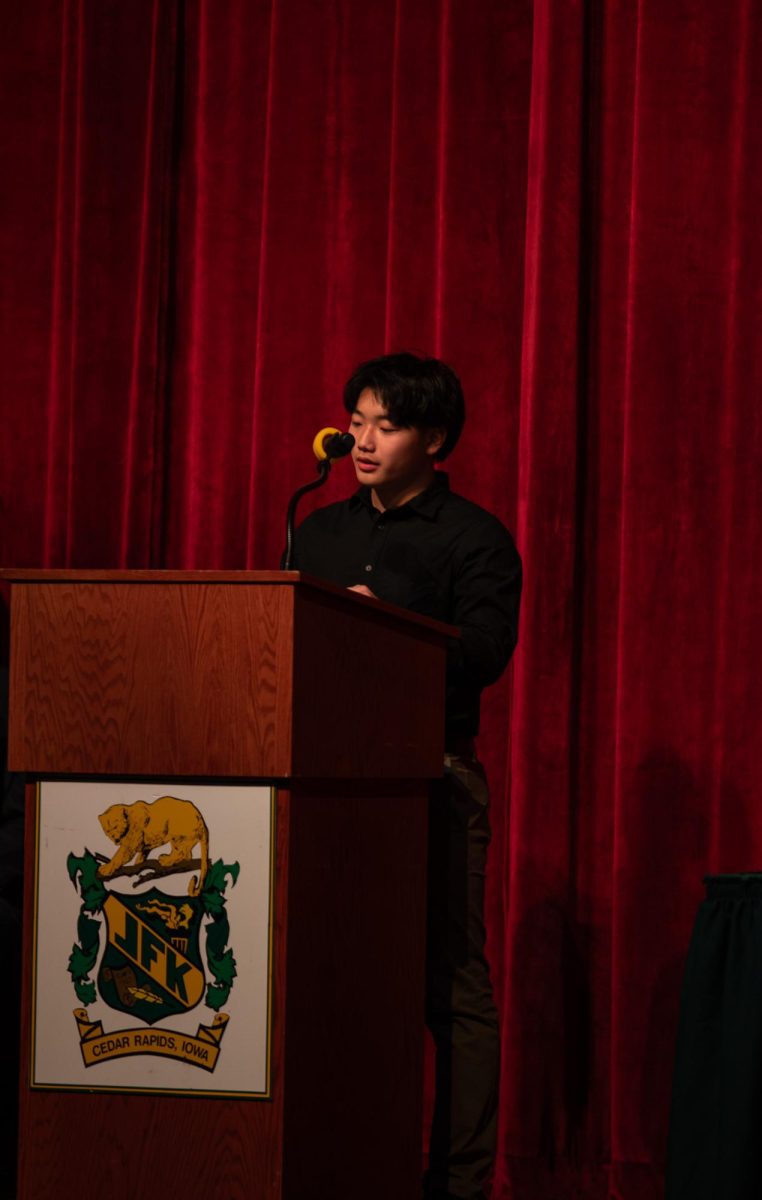
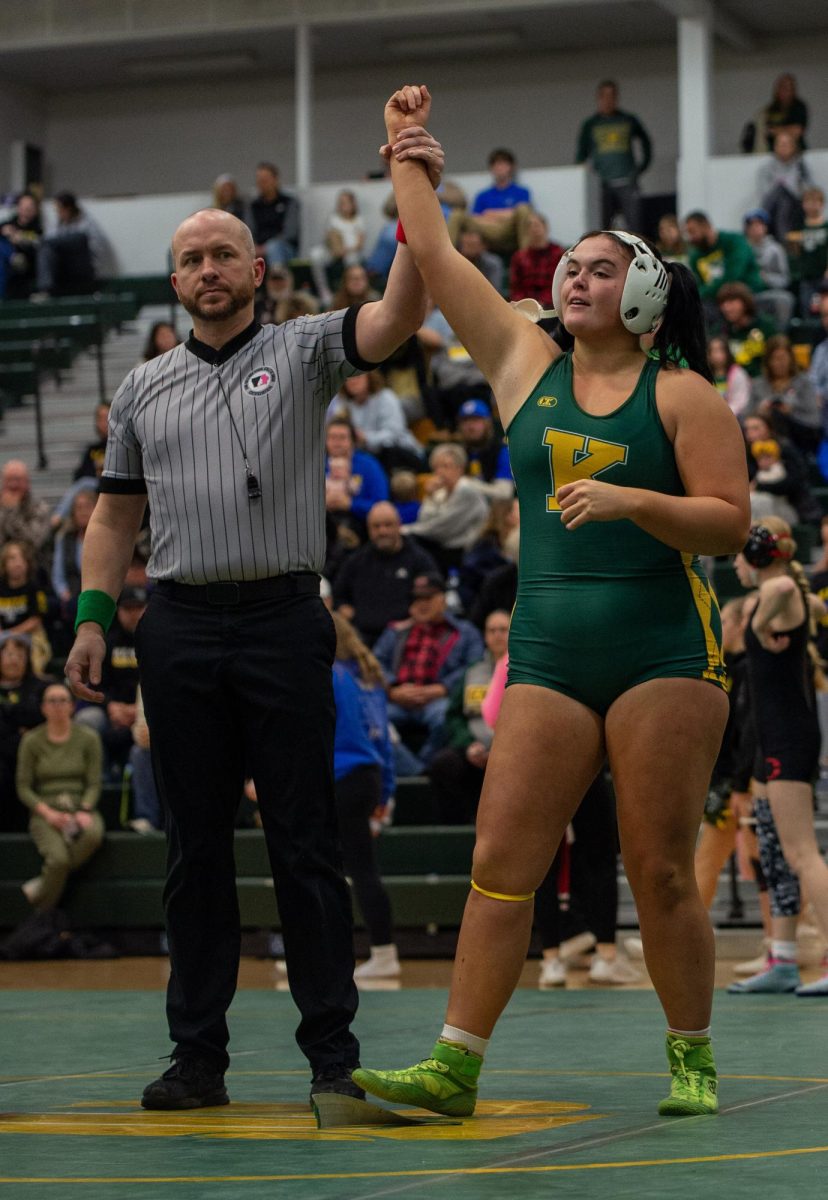

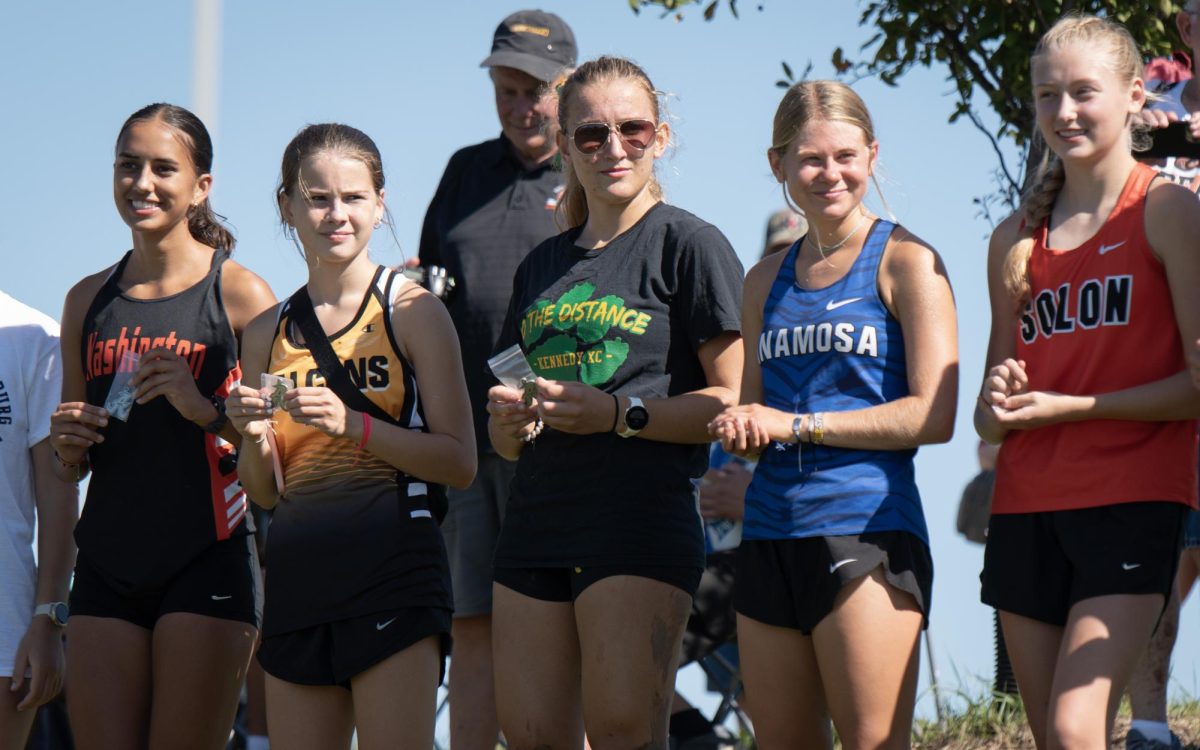
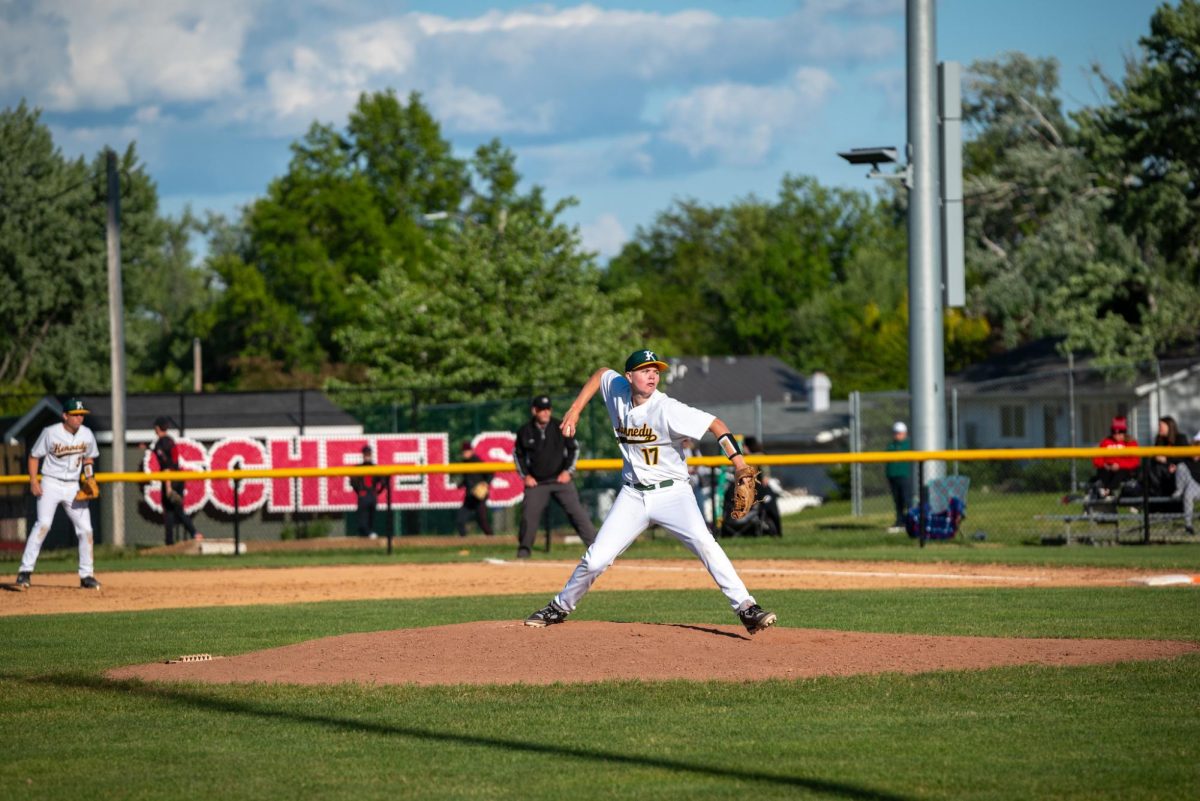









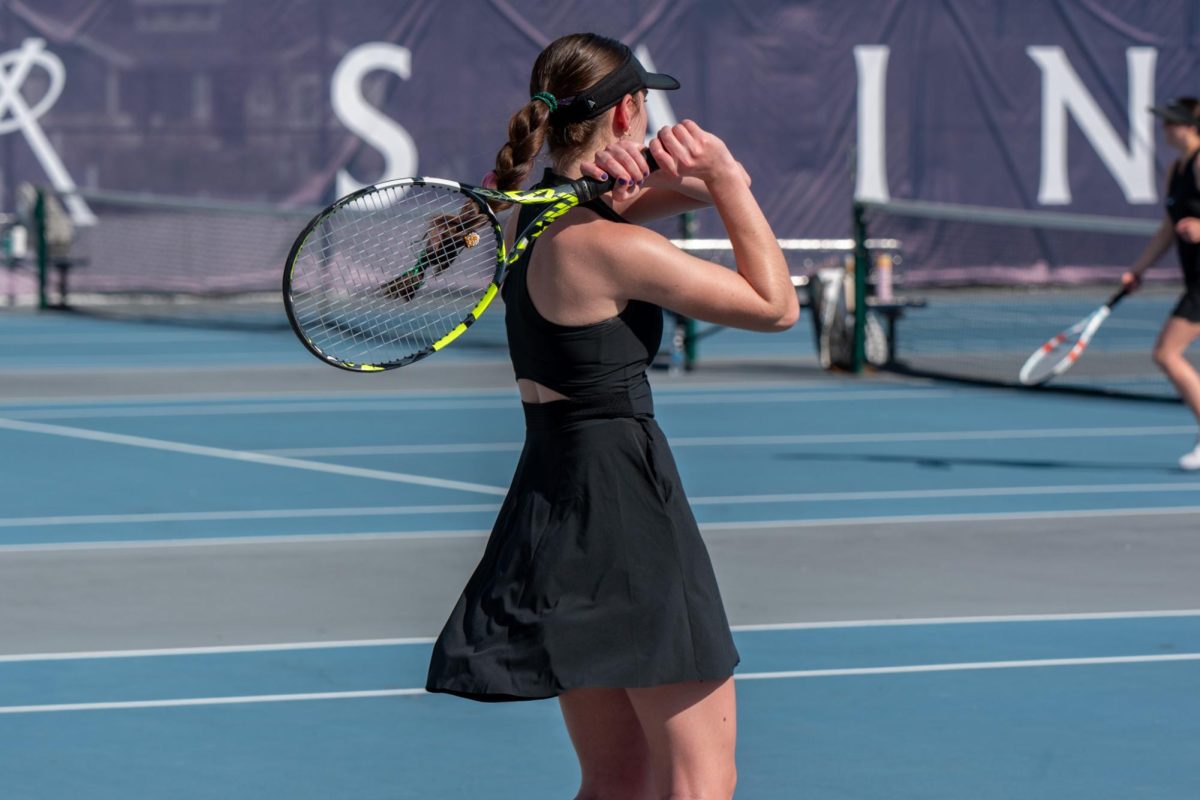
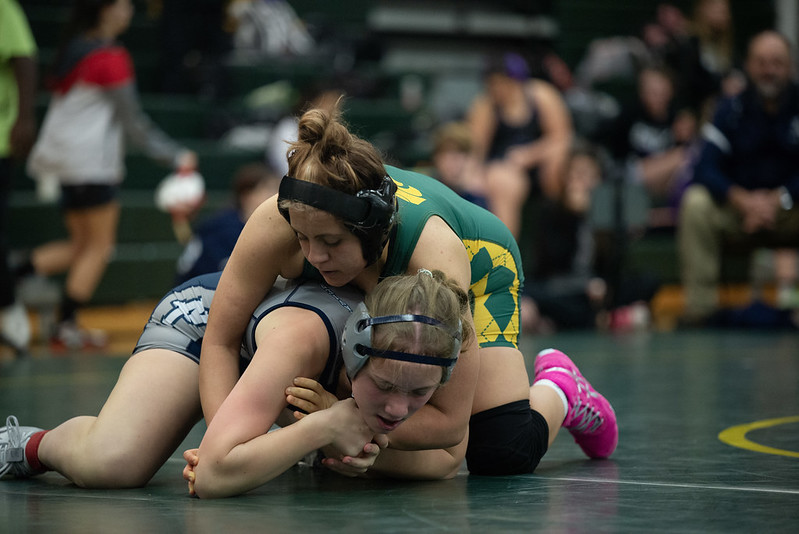
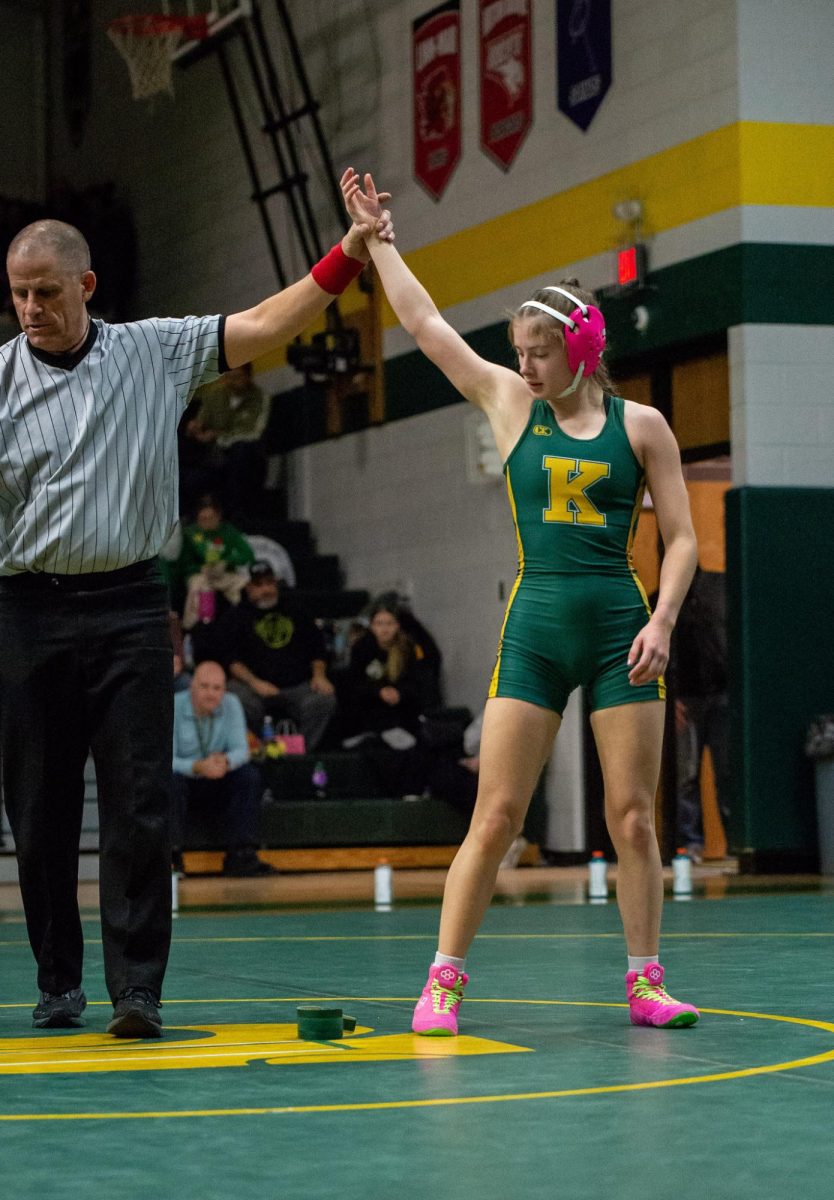
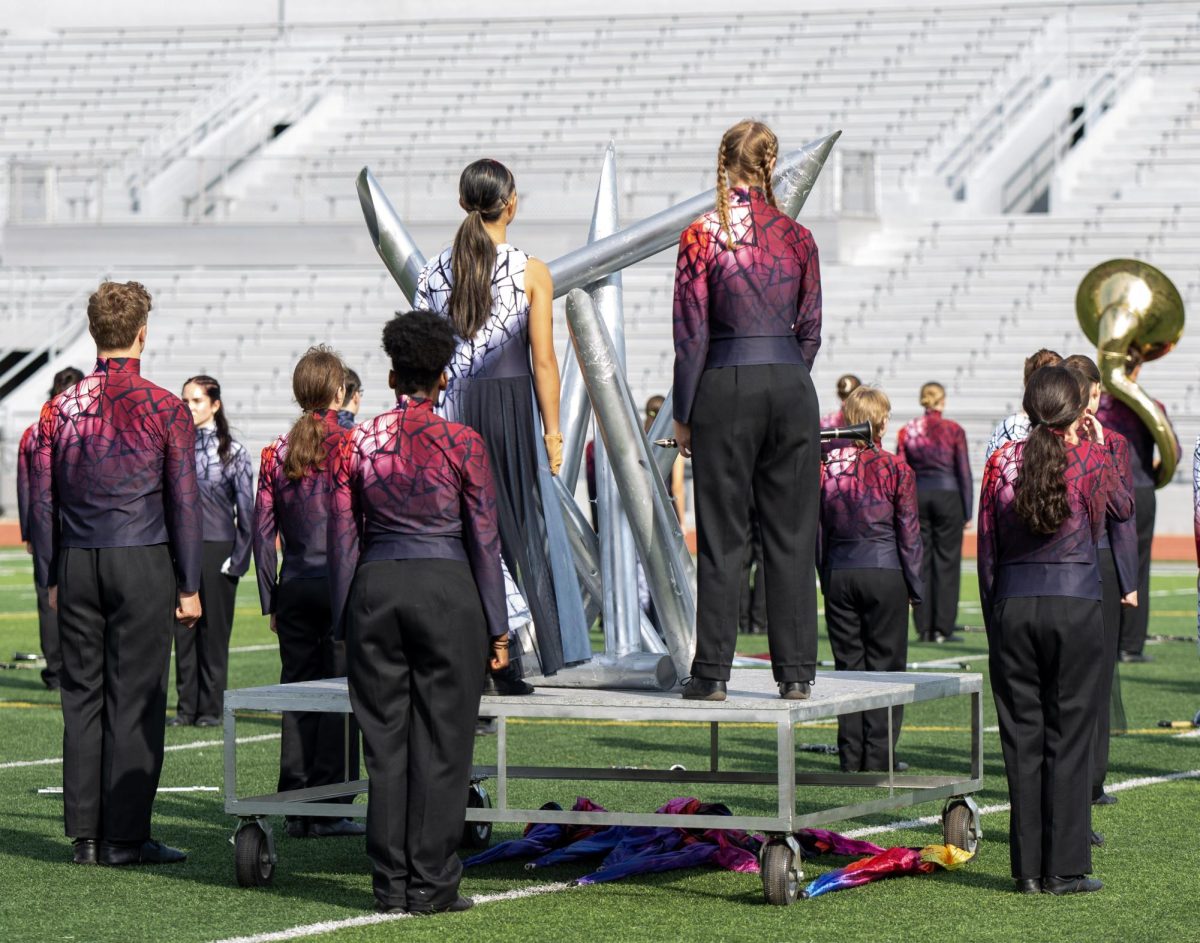
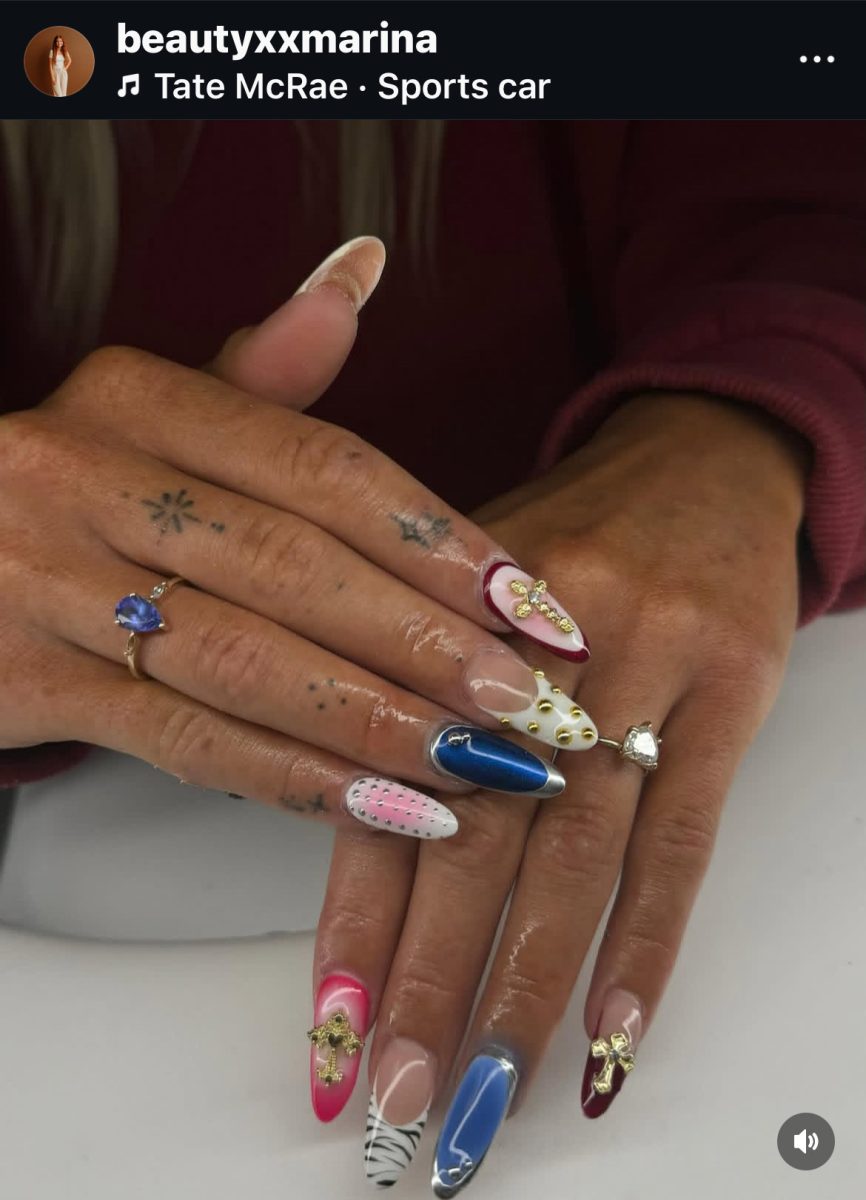
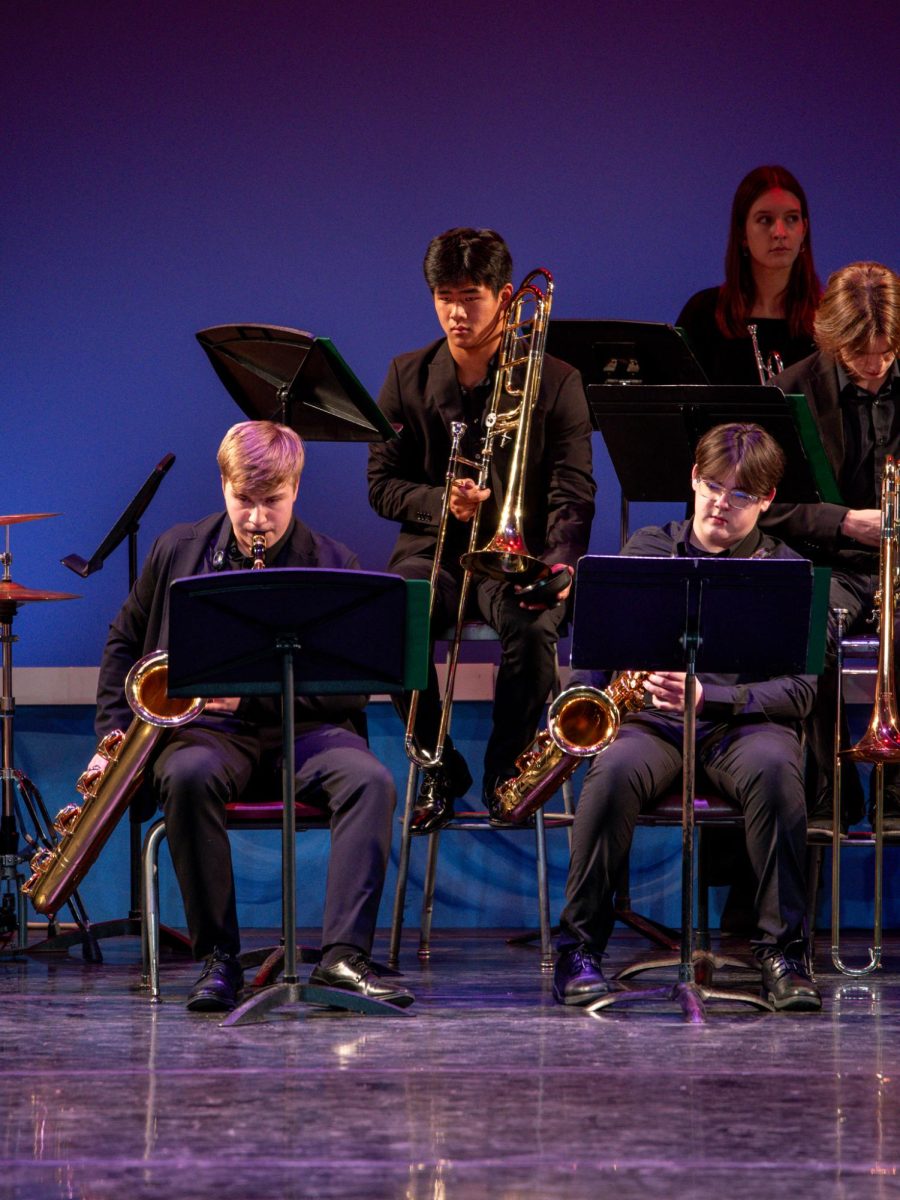


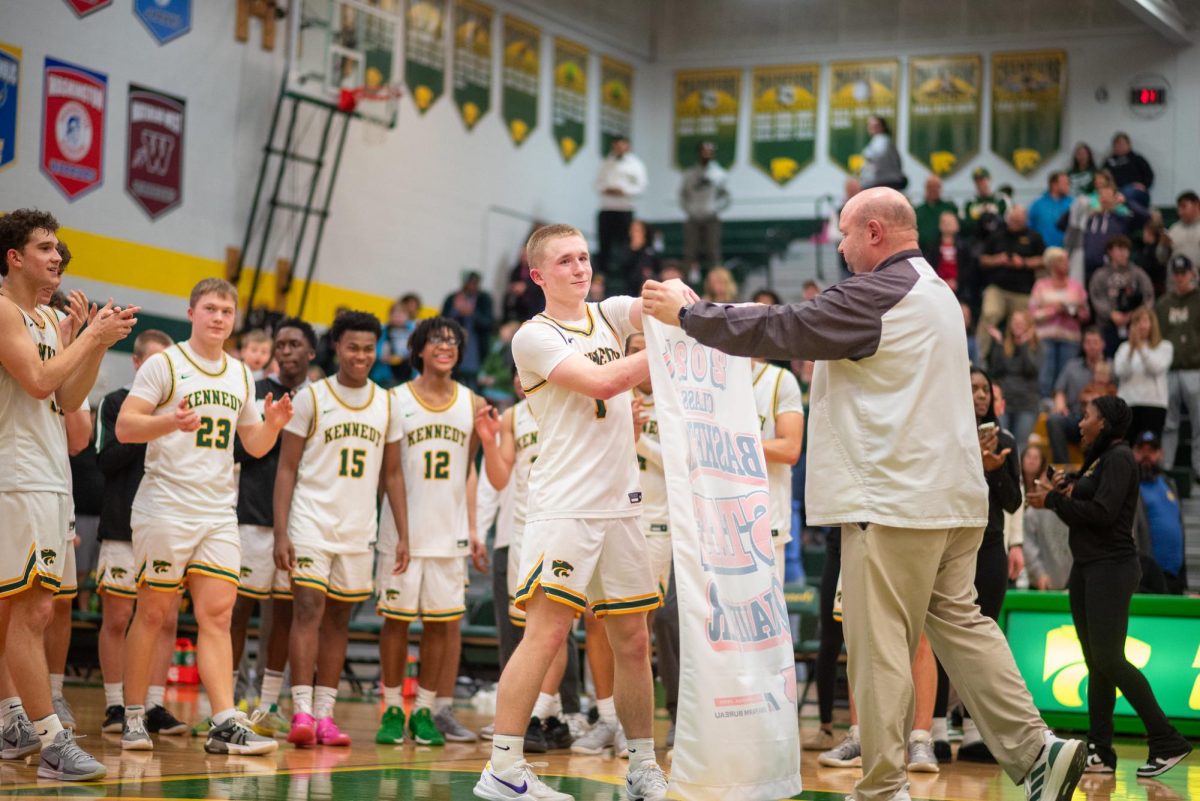
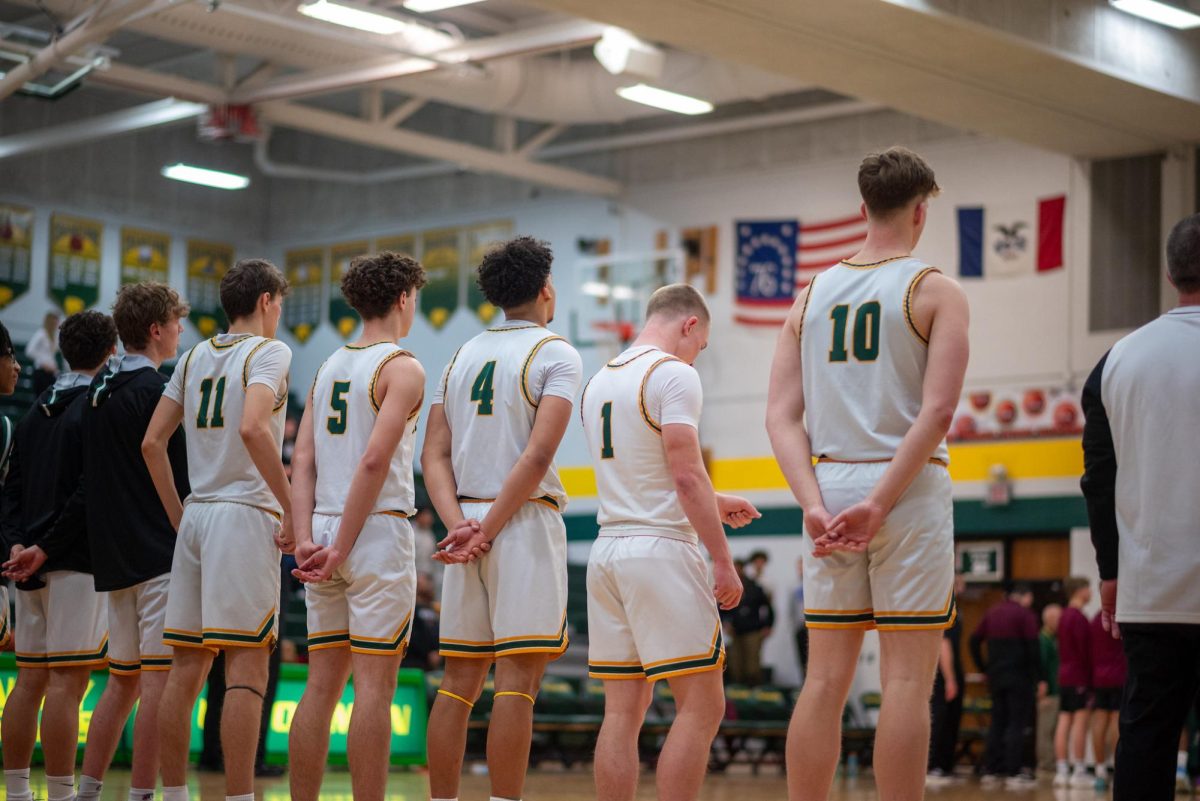




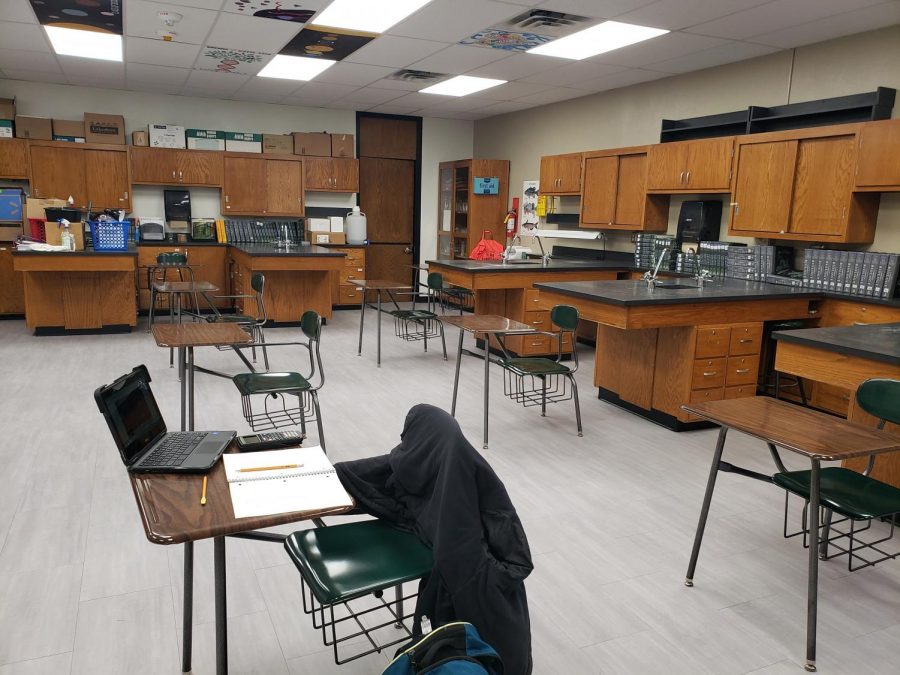




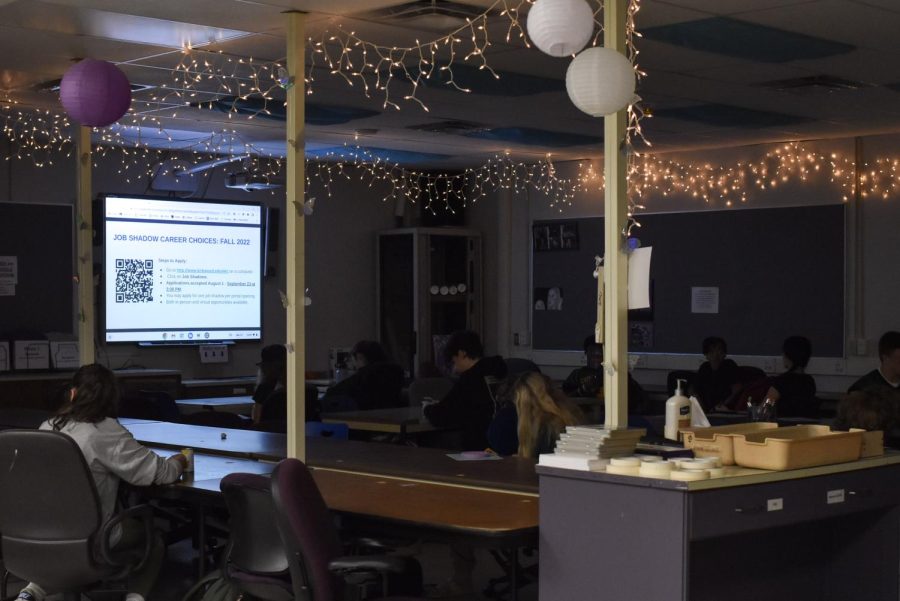

Will Gonsior • Nov 14, 2024 at 8:02 am
I can’t read this without hearing Kim Mulkey in my head — “If somebody’s around you, and they ever say, ‘I will never send my daughter to Baylor,’ you knock them right in the face.”
Just not an issue that gets talked about enough, unfortunately. And too often when it does it’s voices like Mulkey’s. This article handles it well. Thank you.